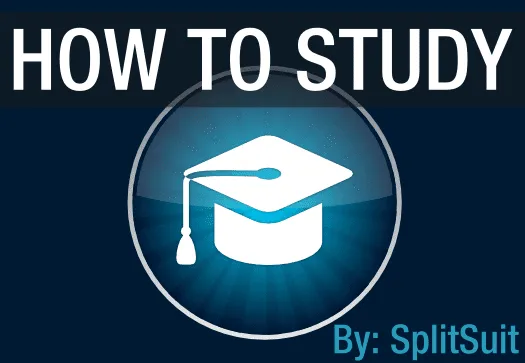One of the most common questions I get from students is “how do I study poker?”. It’s a fair question as there is so much you need to know in order to be good at this game. And in order to become the best player you can; you really do need to put in the time and effort when it comes to studying. My goal with this video was to show you how I go about studying hand histories and what kind of work I do. Some things include basic math using tools like PokerStove (this software is now defunct and Equilab offers the same functionality), and other things include considering if I had different hole cards or if villain were a different player type. Check out the first 6 minutes of the video below…but remember there are more hands and more tips throughout the rest of the video!
Wondering what other hands/spots were discussed?:
44: 3betting preflop, facing a 4bet, and proofing a shove using PokerStove and a fold equity calculator. We also discuss the mental checklist we can create to ensure our 3bets are made as profitably as possible.
97s: We steal and face a resteal from the blinds. We discuss calling the 3bet, creating default value 4bet ranges, and thinking ahead. We use the popup to consider entire plays (calling preflop to float the flop and take away turns) and how to play a draw postflop.
JTs: We call a steal but discuss 3betting preflop and how to create a profitable callvsteal range as well as a resteal range. Postflop we discuss floating, considering future board textures, and how to face a check/raise.
QQ: We steal and face a 3bet. We discuss flatting v 4betting, but also creating default ranges against different player types. Postflop we see an AJ4 board and discuss how to face the CB, what future textures are, and how to plan ahead and have a line idea before even pushing the call button on the flop.
33: We resteal and an unknown cold calls our 3bet. Postflop we catch a set but discuss analyzing the hand a variety of ways to get a wide range of strategic ideas from a single hand history.
QQ: We open from EP and discuss default opening ranges and when to adjust them. Having a default opening range per position is a great starting point, but at the end of the day you also need to know when to loosen up and when to tighten up your ranges. Going postflop we catch an overpair on T82 and discuss CBing, future textures, planning for expected actions from the villain, and also how to adjust when facing an unexpected donk bet.
If you don’t know how to study, or just feel like you are wasting hours looking at hand histories with no idea what to look for, pick this video up and get to work. Learn how to study poker the same way I did, how to improve by simply drilling yourself and thinking through useful situations, and start getting more from your time on and off the table! (In this video I use PokerTracker 4 with the SplitSuit replayer theme and the Ninja PokerTracker 4 Hud)
